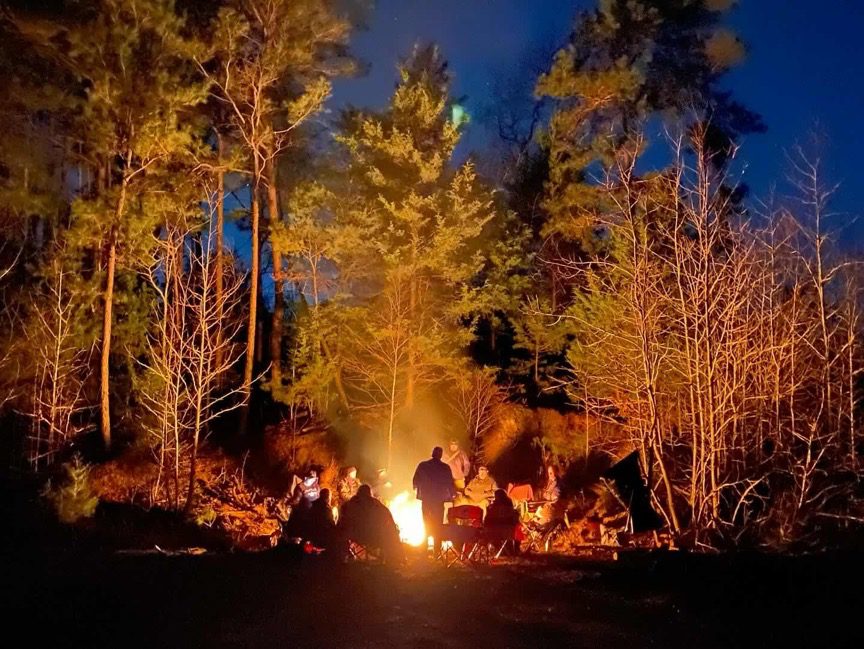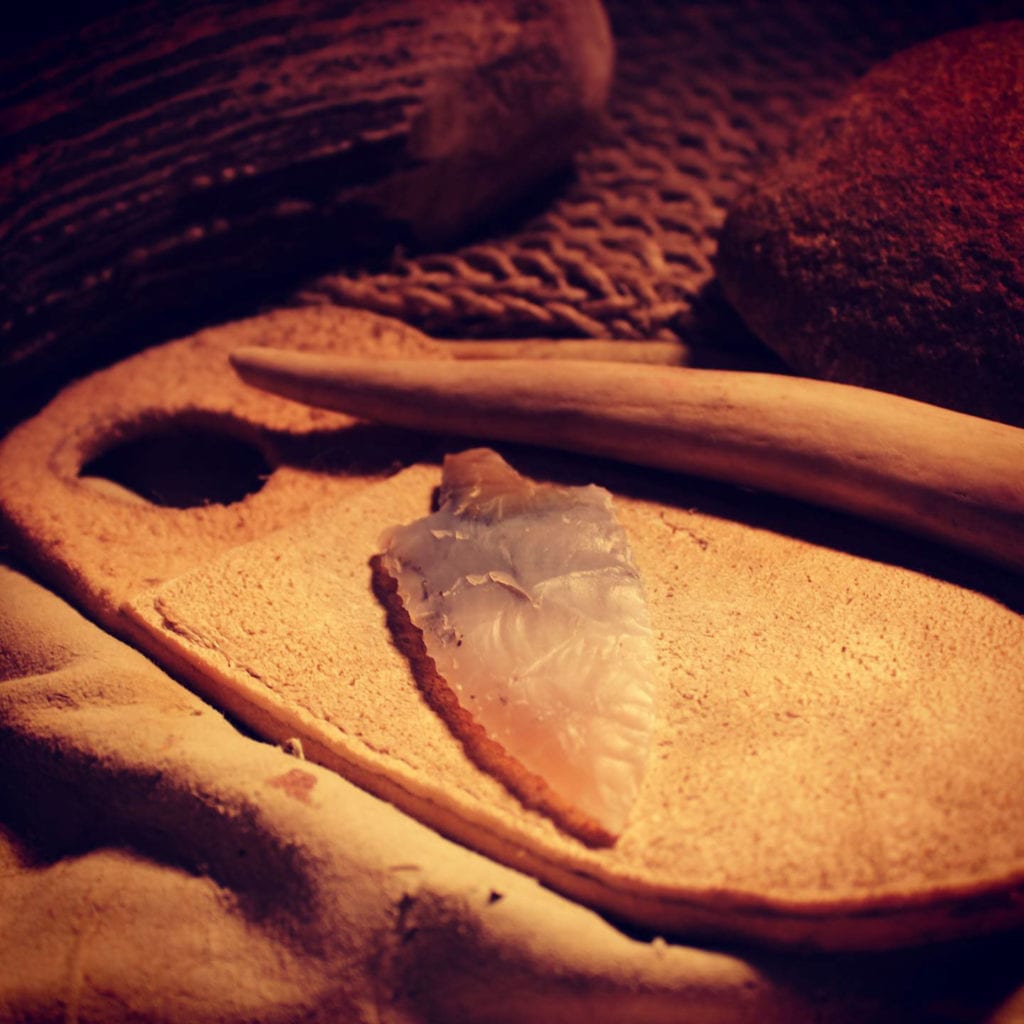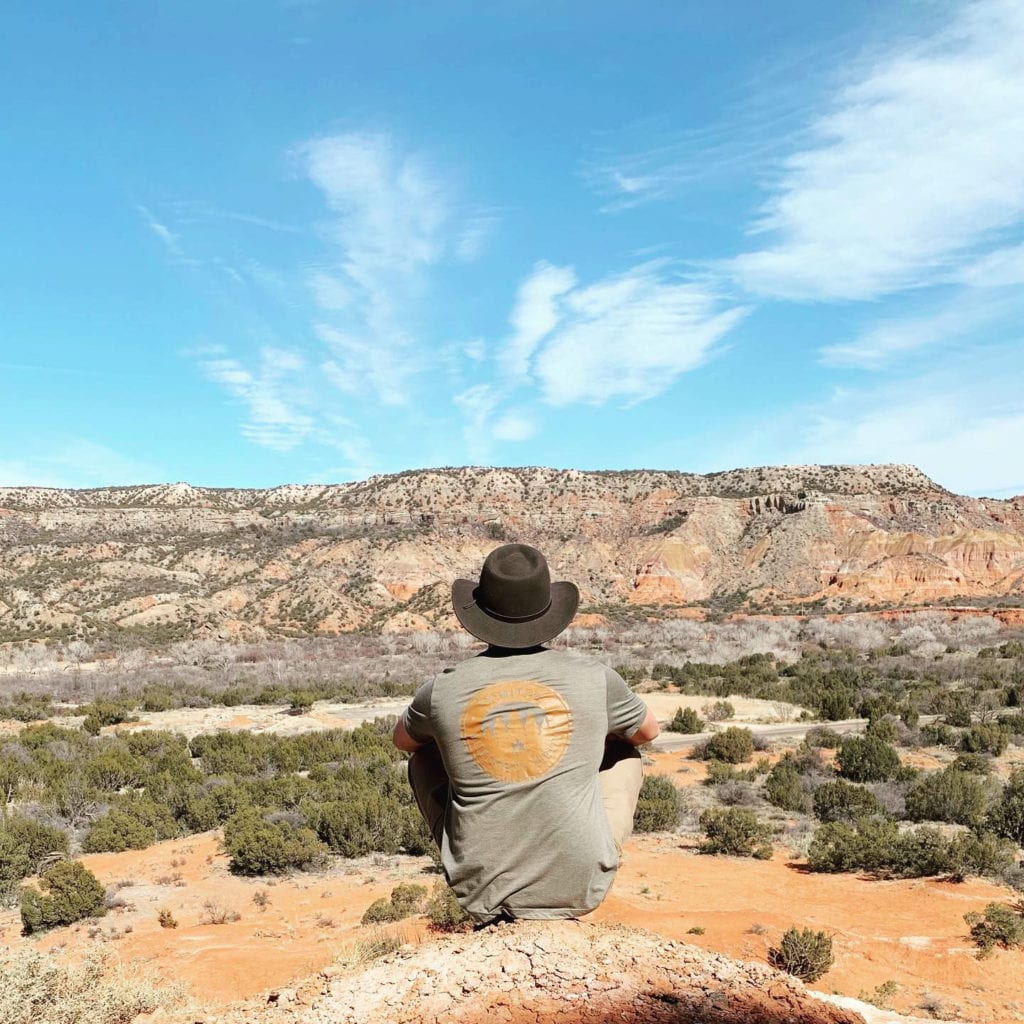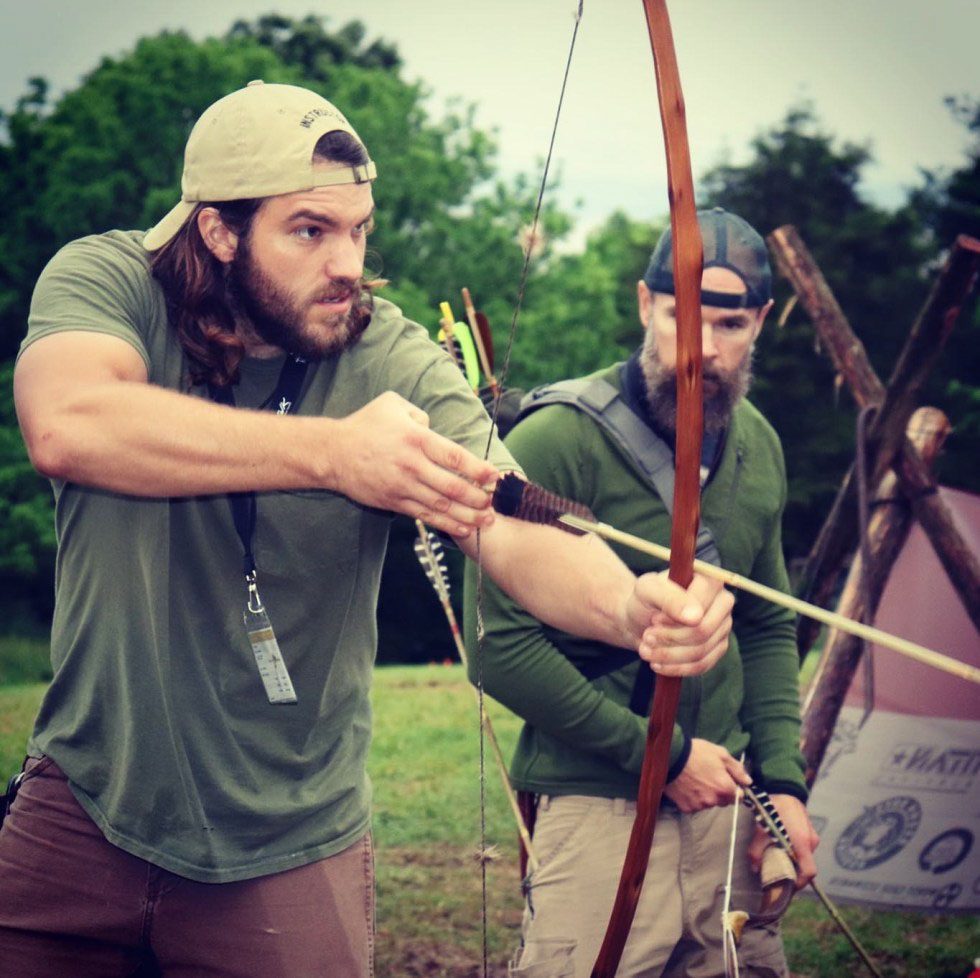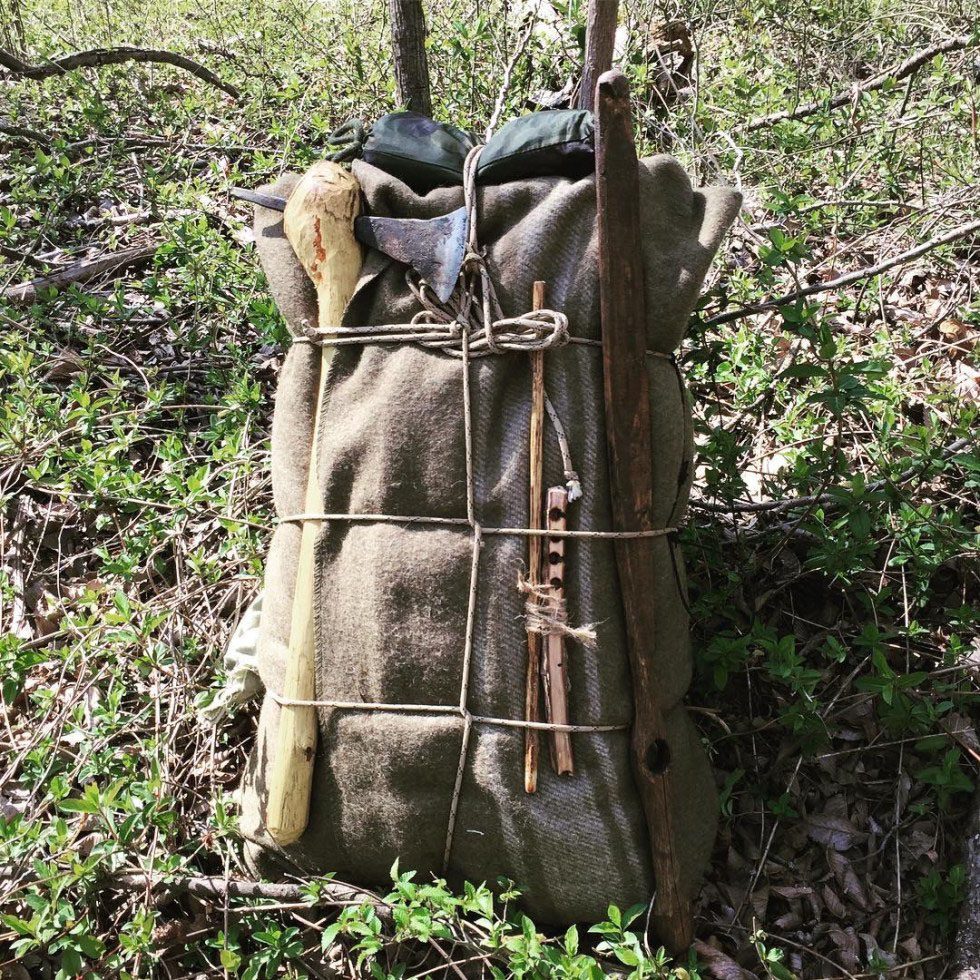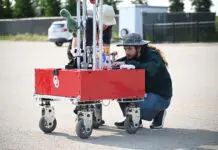Experienced bushcrafters know that a sharp knife and a good hatchet are the tools of the trade … especially the knife. Fire-building is the skill one can’t do without, followed closely by knot-tying and the ability to create shelter.
“Even with a tarp, you still have to know how to pitch it in such a way as to keep the water off of you, and where the smoke from the campfire does not collect and hang under the tarp,” says longtime bushcrafter Marco Tello, who is also an Oklahoma City musician. “And it blocks the wind.”
‘Bushcraft’ is a rather modern term, most likely originating in Australia. ‘Woodcraft’ is an earlier iteration of the word, as in Horace Kephart’s Camping and Woodcraft, first published in 1906.
“It is kind of the original bible for bushcraft,” says Tello. “He had a methodology for city people to get out in the woods and enjoy nature, even if they didn’t have much money.”
That was the golden age of camping, says Tello, because it was “the first time Americans went to the woods for recreation and relaxation.”
Bushcrafters aren’t just campers, and not exactly survivalists. It’s more about the skills they develop, which could keep them alive should the need arise. It’s an art as much as a science.
Phillip Liebel, who has Cherokee ancestry, learned the basics and then found himself gravitating toward the meat-harvesting techniques of his forebearers. After several tries, he crafted a decent bow, then realized he needed to make an arrow. For the arrowhead, he honed flint-knapping skills. Then he moved on to the atlatl, used anciently to propel a spear.
“One skill led to the next,” says Liebel, who lives in Chico, Texas, but often attends bushcraft meets with Oklahomans. “There was no turning back.”
Ben Radley can grab some rope and a pile of twigs and lash together a sturdy camp chair.
“My focus tends to be on camp crafts,” says Radley, who is the outdoor education director for the YMCA’s Camp Classen near Davis. He enjoys creating wooden bowls and spoons, and he loves to make fire.
On a weather-perfect Saturday in March, Liebel and Radley teamed up at their campsite to demonstrate four ways to start a fire using little more than a stick and some tinder. They commenced with the ferro rod, followed by the flint and steel, the bow drill and the hand drill, which is the most primitive method.
“Phillip is probably the best I’ve ever seen at the hand drill,” says Tello. “We try to get the friction fire. And occasionally we can fail, and we go to the next method.”
Radley says his daughter, who is 12 and far more interested in bushcrafting than her 15-year-old brother, built her first ferro rod fire at age 5. Radley’s wife enjoys foraging for such wild edibles as morel mushrooms, chickweed, prickly pear cactus, hackberries and sand plums.
Photos courtesy Primitive Wilderness Survival
Bushcrafting led Liebel to a study of ancient cultures.
“Atlatls have been found on every continent,” he says. “They pre-date the bow and arrow. The Aztecs are the last people who were known users of the atlatl.”
Neanderthals made pine-pitch glue, says Liebel, which he concocts from pine sap, animal droppings and charcoal or ashes, heating it just until it melts. He says he thinks more deeply about things since taking up bushcrafting. Take the importance of failure, for instance.
“With these skills, you are going to fail the first time,” he says. “Archaeologists have found lots of half-finished and broken arrows and tools. But those people had to eat, so they started over.”
Radley says that as young campers develop knife skills and practice fire-building, they learn how to mitigate risk. Often, he says, “they’ve spent their lives avoiding risk.”
Tello, who comes from a family of restaurateurs, was drawn to the sections on wild game, wild edibles and how to cook over a campfire when he read Kephart’s book in the 1980s. Meals at bushcraft meets often include fresh-caught fish.
If he’s had a rough week, Tello says, the woods are the place to be.
But, “if things are going great,” he says, “I still want to be out in the woods.”























